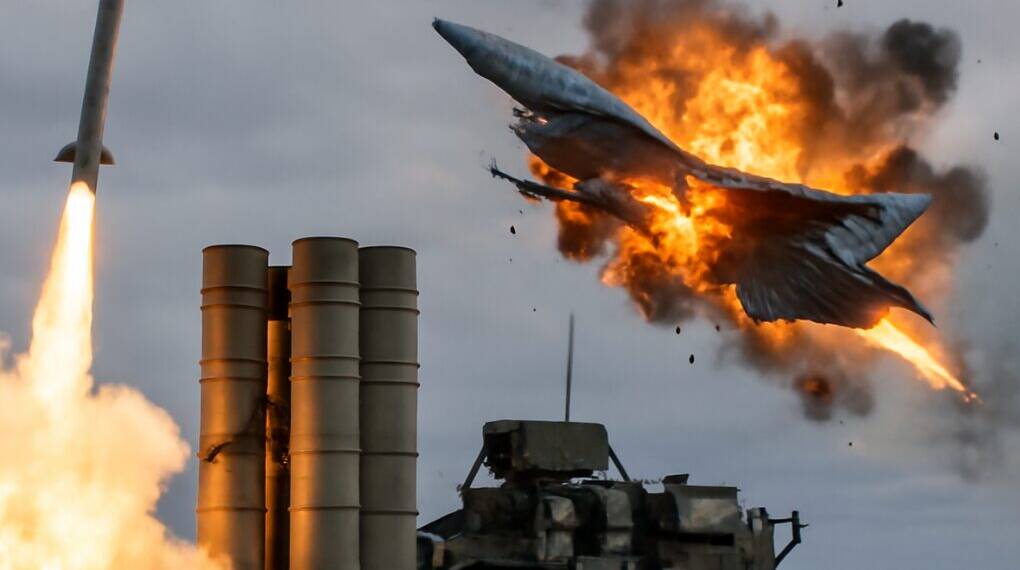Heightened tensions between India and Pakistan have taken a potentially dangerous turn, with unverified sources alleging that India’s S-400 air defense system intercepted and destroyed multiple Pakistani fighter jets. The aircraft reportedly included U.S.-made F-16s and Chinese Pakistani JF-17 Thunder jets. While no official confirmation has been issued by either side, the claims have raised international alarm and concern over a possible escalation in one of the world’s most volatile regions.
According to sources Pakistani fighter jets allegedly attempted to cross into Indian airspace near the Punjab sector, possibly targeting strategic assets. India is said to have responded swiftly using its Russian-made S-400 Triumf air defense system, reportedly neutralizing several jets within Pakistani territory. Debris from the downed aircraft was allegedly spotted in the Sialkot and Gujranwala regions, though no satellite imagery or verified visual evidence has emerged to substantiate these claims.
The S-400, a sophisticated long-range surface-to-air missile system, is a cornerstone of India’s aerial defense infrastructure. Capable of tracking and destroying targets at distances of up to 400 kilometers, it represents a significant technological leap in India’s efforts to secure its airspace. If confirmed, the downing of advanced aircraft like the F-16 and JF-17 would mark a notable show of force by India and signal a shift in the regional airpower equation.
Strategic and Diplomatic Repercussions
The destruction of F-16 and JF-17 jets carries far-reaching diplomatic consequences. The F-16 is a key component of Pakistan’s air fleet and is supplied by the United States under strict operational agreements, including restrictions on its use against India. Meanwhile, the JF-17 is co-developed with China, a close strategic partner of Pakistan. If either aircraft type were indeed brought down, it could trigger diplomatic inquiries and heighten tensions with both Washington and Beijing.
The United States may seek clarification on the operational deployment of F-16s, especially if used outside counterterrorism contexts. At the same time, China may view the alleged downing of JF-17s by Russian defense technology as a challenge to its defense exports and influence in Indian subcontinent and around the World.
Rising Regional Tensions and Global Response
The incident comes amid reports of intensified skirmishes and rising military activity along the Line of Control (LoC). Sources suggest India may have conducted precision strikes against Pakistani air defense infrastructure in response to the attempted incursion. These developments, if validated, could mark a dangerous escalation between two nuclear-armed neighbors with a long history of hostility, particularly over the disputed Kashmir region.
India and Pakistan collectively possess nearly 330 nuclear warheads, increasing the stakes of any potential miscalculation. The situation has prompted global anxiety, though no official responses have been issued by the United Nations or major international powers.
As the world watches closely, calls for restraint and transparency are mounting. The need for de-escalation and verified information has never been more urgent, with observers warning that misinformation or hasty reactions could spark a broader conflict with devastating consequences.








